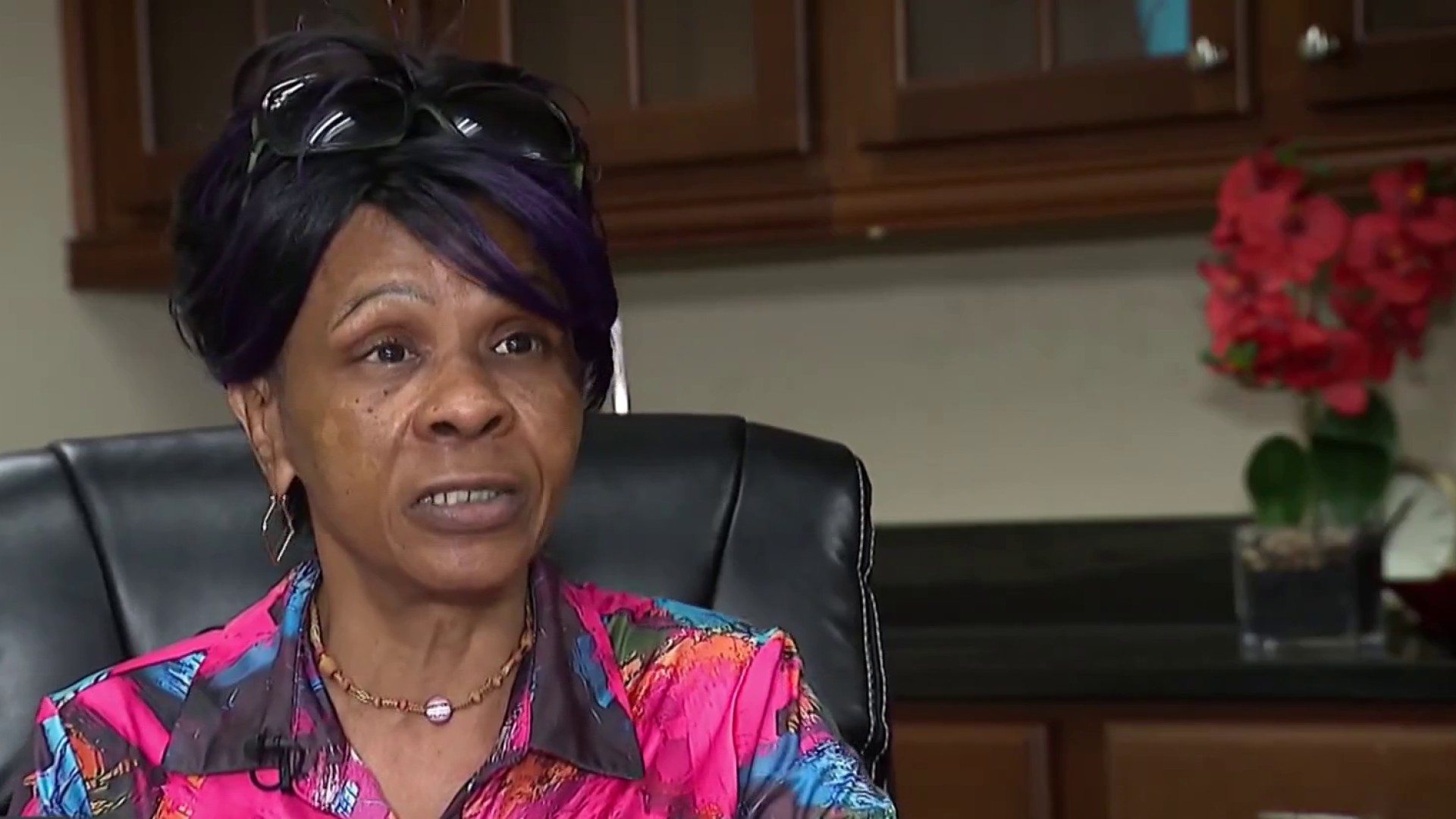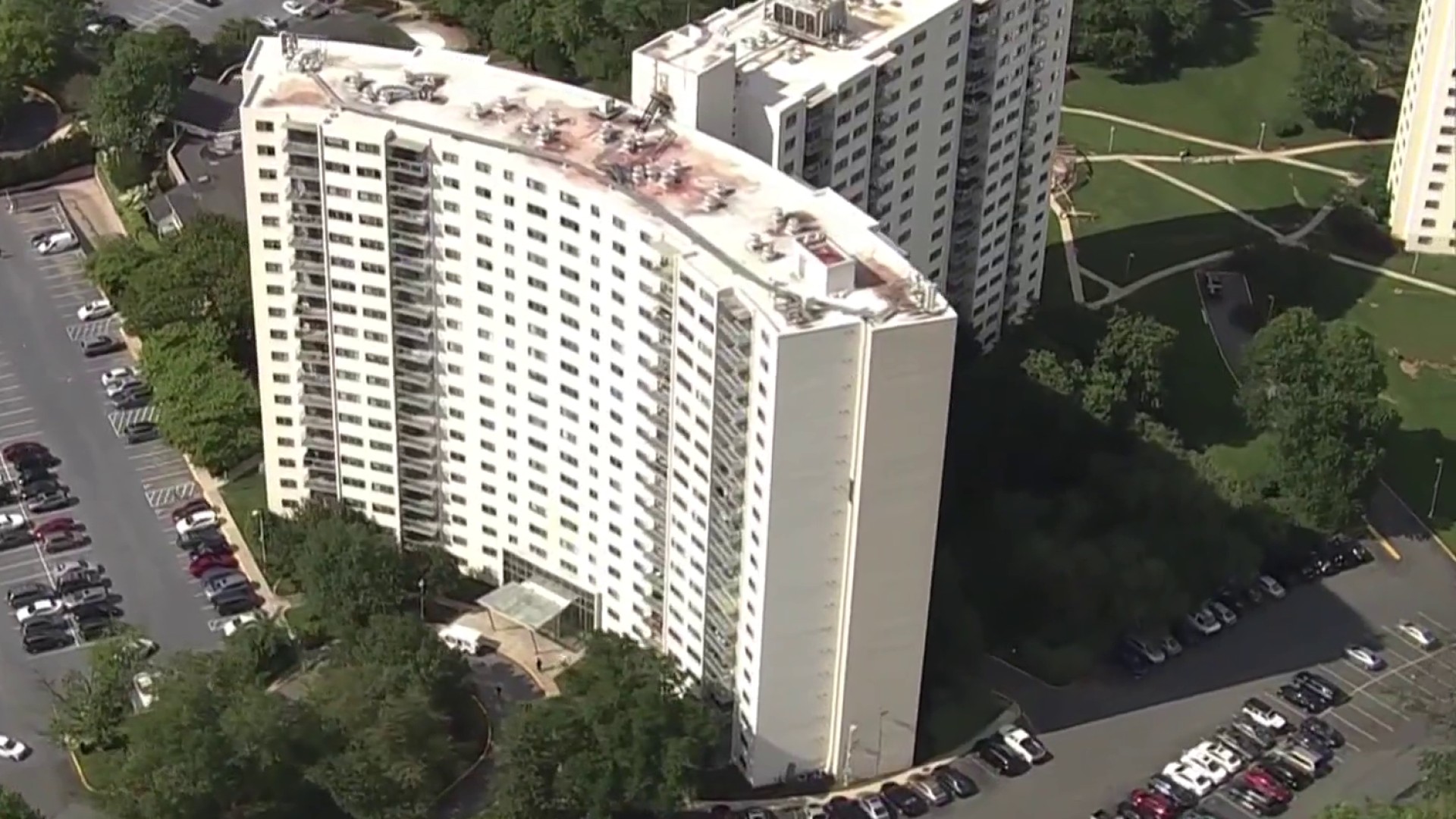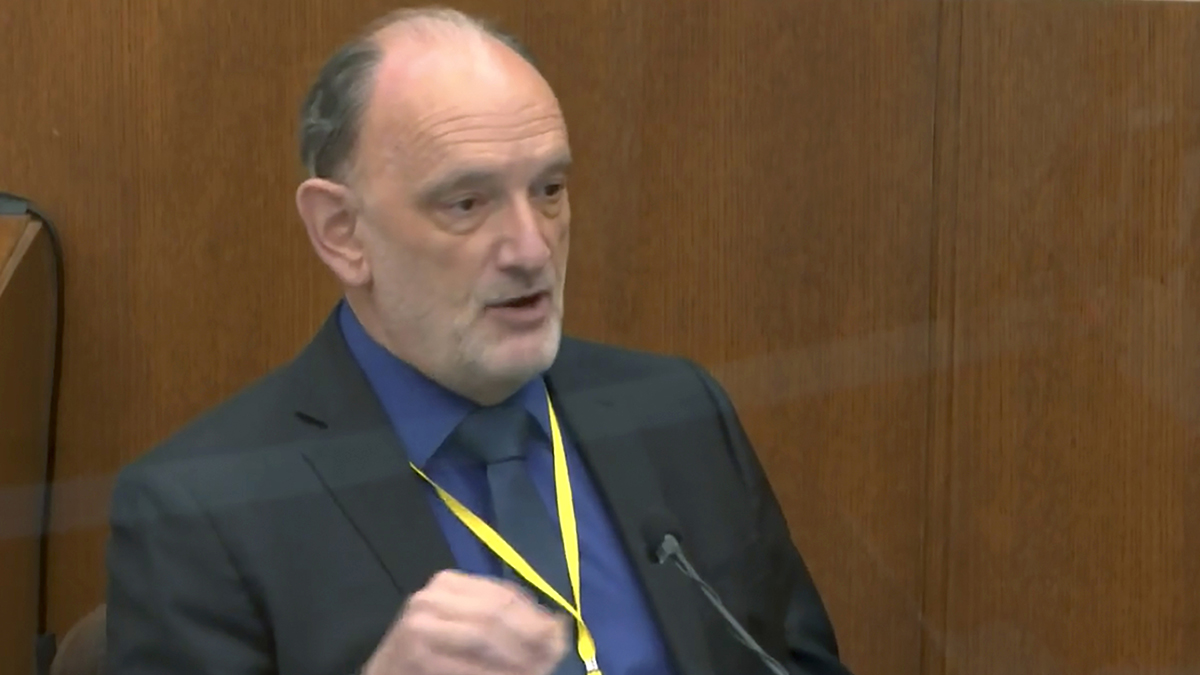Failed Cremation: DC Widow Sues Over Lost Ashes!
'Where Did I Send My Husband?' DC Widow's Cremation Nightmare in Maryland
Introduction: A Widow's Unbearable Grief Compounded
Some of the details included in this story may be disturbing to readers.
Losing a loved one is an experience that leaves an indelible scar on the heart. Imagine, then, the added agony of not being able to properly lay them to rest. This is the heartbreaking reality facing Laura Dorsey, a Washington, D.C., widow who entrusted her late husband, Ronald, to a Maryland cremation service, only to find herself months later without his ashes and without answers. This is a story of grief, frustration, and a legal battle born from a deeply unsettling situation.
The Devastating Loss and a Desperate Search for Closure
“Just celebrated my 15-year anniversary on Friday the 25th. It was the first, most loneliest anniversary ever,” said Laura Dorsey, her words painting a picture of profound loneliness. Ronald, her husband of 15 years, passed away in November, leaving a void that no amount of time can ever truly fill. The absence is, no doubt, excruciating, but the inability to properly mourn and remember him due to the failed cremation is an added layer of trauma. Imagine trying to navigate grief when the very act of saying goodbye is stolen from you.
A Voucher, a Cremation Service, and Vanishing Ashes
The Financial Burden of Grief
The Dorseys, like many families, faced financial constraints. They didn’t have much money or life insurance. Cremation, while a common choice, still carries a cost. Fortunately, Laura was able to obtain a voucher through a D.C. program designed to help families with these expenses. This voucher led her to Heaven Bound, a cremation service operating in Charles County, Maryland.
Heaven Bound: Promises Unkept
Heaven Bound had been providing cremation services for years. To Laura, it seemed like a legitimate and reliable option. She entrusted them with the remains of her beloved Ronald, expecting the process to be handled with dignity and respect. Little did she know, this trust would be shattered, leaving her with unanswered questions and a gnawing sense of despair.
Months of Silence and Growing Desperation
Months have passed since Ronald's passing, and Laura is still without his ashes or his death certificate – two vital pieces of closure. And, making matters worse, Heaven Bound, the business she entrusted, is now closed. Think of it as sending a package, expecting it to arrive, and instead, the delivery company vanishes without a trace.
"That's My Best Friend": The Human Cost of Negligence
“That’s my best friend,” Dorsey said, her voice heavy with emotion. “We need answers.” Her plea is a testament to the profound bond she shared with Ronald. He wasn’t just her husband; he was her companion, her confidant, her best friend. To be denied the opportunity to properly grieve his loss is a betrayal of that bond.
Broken Promises and Vanished Communication
The Empty Assurance
Dorsey recalls that one of the business owners assured her that she would be able to pick up her late husband’s ashes. This promise, now broken, adds insult to injury. It’s like dangling a carrot in front of someone, only to snatch it away at the last moment. The hope offered and then dashed amplifies the pain.
Ghosted by Heaven Bound
The last communication Laura had with Heaven Bound was on January 2nd. Since then, silence. "And to hear nothing at all, no text back, no nothing, no email, no nothing," she lamented, highlighting the complete lack of communication from the business. It's a communication black hole, leaving her in a state of agonizing uncertainty.
The Lawsuit: Seeking Justice and Accountability
Driven by grief, frustration, and the burning desire for answers, Laura Dorsey has filed a lawsuit. This legal action is not just about retrieving her husband's ashes; it's about holding Heaven Bound accountable for their actions and preventing other families from experiencing similar heartache. It’s about ensuring that businesses entrusted with the care of the deceased uphold their responsibilities with integrity and respect.
The Importance of Regulation and Oversight in the Cremation Industry
Laura's story highlights the need for stricter regulation and oversight within the cremation industry. While most providers operate with integrity, the lack of consistent standards can create opportunities for negligence and misconduct. Just as we regulate other sensitive industries like healthcare, the handling of remains deserves careful scrutiny to protect grieving families.
Protecting Yourself: Due Diligence When Choosing a Cremation Service
Research and Reviews
Before entrusting a cremation service with the remains of a loved one, it's crucial to conduct thorough research. Look for online reviews, check their standing with the Better Business Bureau, and ask for references. Think of it as doing your homework before making a significant investment.
Licensing and Accreditation
Ensure that the cremation service is properly licensed and accredited. These credentials indicate that they meet certain standards of quality and professionalism. It's like checking the credentials of a doctor before undergoing surgery.
Transparency and Communication
Choose a cremation service that is transparent about their processes and provides clear communication throughout the entire process. They should be willing to answer your questions, address your concerns, and keep you informed every step of the way. Red flags should go up if there's a lack of transparency.
The Emotional Toll: Grief Amplified by Uncertainty
The emotional toll on Laura Dorsey is immeasurable. Grief is a complex and challenging emotion in itself, but when compounded by uncertainty, frustration, and a sense of injustice, it can become overwhelming. The inability to properly say goodbye to her husband has prolonged her suffering and made the healing process infinitely more difficult. It's like trying to mend a broken heart when someone keeps throwing stones at it.
A Call for Compassion and Understanding
Laura's story is a reminder of the importance of compassion and understanding for those who are grieving. Losing a loved one is a universal experience, and we all have a responsibility to support and uplift those who are struggling with loss. Simple acts of kindness, empathy, and a listening ear can make a world of difference. It’s like offering a hand to someone who’s fallen down.
The Ripple Effect: Impact on Family and Friends
The impact of this situation extends beyond Laura Dorsey. Her family and friends are also affected by the uncertainty and lack of closure. They share in her grief and feel her frustration. This situation is a web of sorrow that touches everyone who cared for Ronald. It highlights the importance of resolving these issues not just for Laura, but for everyone whose lives have been touched by this tragedy.
Hope for Resolution: The Pursuit of Justice Continues
Despite the challenges, Laura Dorsey remains determined to find answers and bring her husband's ashes home. Her lawsuit is a testament to her unwavering love and her commitment to seeking justice. It is a beacon of hope in a time of darkness, a promise to never stop fighting for Ronald’s peace and hers. The pursuit of justice is a long road, but Laura is steadfast in her pursuit.
Conclusion: Lessons Learned and the Enduring Power of Love
Laura Dorsey's story is a tragic reminder of the potential pitfalls in the cremation industry and the devastating impact of negligence on grieving families. It underscores the need for greater regulation, diligent research when choosing a service, and above all, compassion for those navigating loss. Despite the pain and uncertainty, Laura's unwavering love for Ronald shines through, a testament to the enduring power of human connection. Hopefully, her pursuit of justice will bring her the peace she so desperately deserves.
Frequently Asked Questions
Here are some frequently asked questions related to this story:
- What are my rights if a cremation service loses the ashes of my loved one?
You have the right to legal recourse. Consult with an attorney specializing in negligence and funeral law to explore your options, including filing a lawsuit to recover damages for emotional distress and associated costs.
- How can I verify the legitimacy of a cremation service before entrusting them with my loved one's remains?
Check for proper licensing and accreditation with relevant state and national organizations. Research online reviews, ask for references, and inquire about their procedures for handling remains.
- What should I do if I suspect a cremation service is not being transparent or communicative?
Document all communication (or lack thereof) and consult with an attorney. You can also file a complaint with your state's funeral board or consumer protection agency.
- Are there organizations that can help families with the cost of cremation if they can't afford it?
Yes, many local and national organizations offer financial assistance for funeral and cremation expenses. Contact your local social services agency or search online for reputable charities and non-profits.
- What emotional support resources are available for those grieving a loss, especially when the circumstances are complicated?
Grief counseling, support groups, and online communities can provide valuable emotional support. Talk to your doctor or search for grief resources in your local area.


